Cascades Inc.’s Norampac division (TSX:CAS) and its partners, including the pension fund manager Caisse de depot et placement du Quebec, will build the Greenpac mill next door to an existing Norampac operation in Niagara Falls, New York.
MONTREAL
Cascades Inc. (TSX:CAS) is expanding its U.S. operations by partnering to build a new US$430 million mill in Niagara Falls, N.Y., that will make lightweight linerboard, a packaging material craved by retailers.
Cascades’Norampac division and its partners, including the pension fund manager Caisse de depot et placement du Quebec, will build the Greenpac mill next door to an existing Norampac operation in the U.S. border city.
Construction of the mill, which will begin in July, will create 108 new jobs in New York State. The start-up is planned for the summer of 2013.
“Greenpac is a very exciting project development of our company,” CEO Alain Lemaire said during a conference call .
In development for four years, the project follows efforts by Cascades to sell assets in recent months to improve its financial flexibility, productivity and profitability.
“Today’s announcement is therefore another significant step towards positioning Cascades amongst the leaders in our industry,’‘Lemaire told analysts.
The plant’s single machine will be one of the widest of its kind. The 328 inch-wide machine (833 centimetres) will be able to produce three rolls of corrugated product, making it profitable to run in all market cycles.
It will produce 500,000 tonnes of linerboard a year, restoring the production removed in 2005 with the closure of Cascades’ mill in Red Rock, Ont., on the north shore of Lake Superior.
“We’re going to have better balance geographically having this mill being in the United States,” Norampac CEO Marc-Andre Depin said.
Norampac’s mills in Niagara Falls, Kingsey Falls, Que., and Mississauga, Ont., will produce 816,000 tons of linerboard.
Plants in Niagara Falls, Burnaby, B.C., Trenton, Ont., and Cabano, Que., will make 839,000 tons of medium — the inner layer of the corrugated box.
In all, Greenpac will reduce Norampac’s Canadian production to 51 per cent from 75 per cent before it comes on stream. Linerboard will double to 49 per cent of overall output.
The mill’s fibre supply will come from Cascades’ cardboard recycling operations. It will also receive steam from the burning of garbage more than two kilometres from the mill.
New York’s Power Authority will supply half of its electricity needs at 2.9 cents per kilowatt.
The location will reduce shipping and transportation costs.
It will also have access to seven mill tonnes of regional recycled cardboard supply and 25 million tonnes across North America.
Depin said the European trend over the last decade that’s coming to North America is for reduced packaging weight.
The new machine will be able to make a smoother product that has better printing results even when using inferior quality fibre. A stronger product can be achieved by adding starch.
“We believe our customers and our partners will be able to benefit from a strong paper with a light weight, which is exactly what the Wal-Mart’s of the world have been asking for,” he said.
About 80 per cent of Greenpac’s production has been allocated, including 170,000 tons to Cascades’ converting operations. Efforts are underway to sign up long term contracts for up to 100,000 tons that remain.
Greenpac will be operated as a separate entity, similar to its holdings in Boralex Inc. and eventually pay dividends payable to Cascades.
Cascades will take an $83.6-million or 59.7 per cent equity stake in Greenpac, the Caisse will invest $28.3 million or 20.2 per cent, while Jamestown Container and an unidentified industry partner will pay US$28.1 million for a 20.1 per cent stake.
Debt financing will make up the remaining $228.9 million in costs, including a US$45.75 million subordinated loan from the Caisse.
Canadian Press


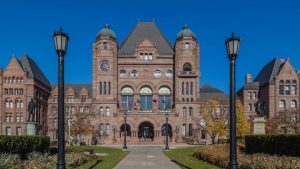

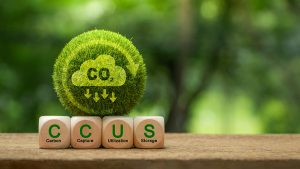
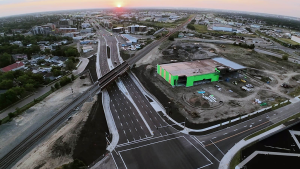
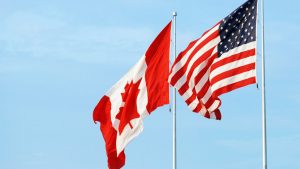
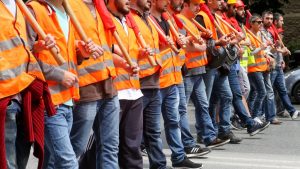


Recent Comments
comments for this post are closed